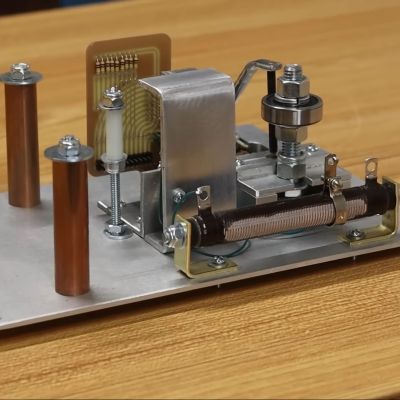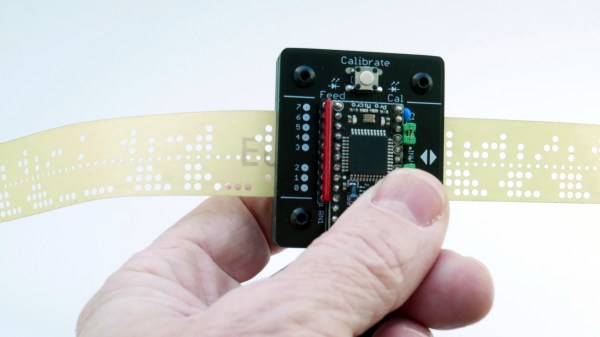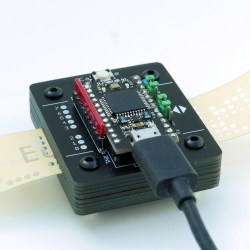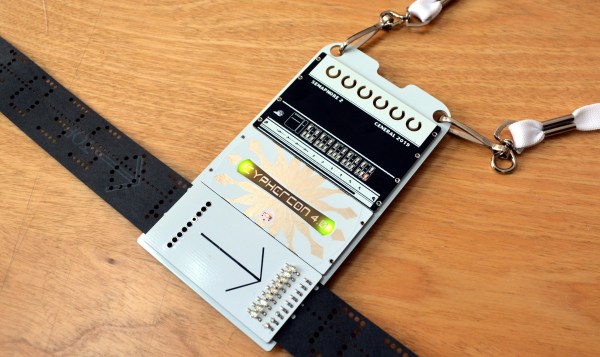
On today’s installment of UE1 vacuum tube computer construction, we join [David Lovett] once more on the Usagi Electric farm, as he determines just how much work remains before the project can be called done. When we last left off, the paper tape reader had been motorized, with the paper tape being pulled through smoothly in front of the photodiodes. This left [David] with the task to create a PCB to wire up these photodiodes, put an amplification circuit together (with tubes, of course) to amplify the signal from said photodiodes, and add some lighting (two 1-watt incandescents) to shine through the paper tape holes. All of this is now in place, but does it work?
The answer here is a definite kinda, as although there are definitely lovely squiggles on the oscilloscope, bit 0 turns out to be missing in action. This shouldn’t have come as a major surprise, as one of the problems that Bendix engineers dealt with back in the 1950s was effectively the same one: they, too, use the 9th hole on the 8-bit tape as a clock signal, but with this whole being much smaller than the other holes, this means not enough light passes through to activate the photodiode.
Continue reading “Completing The UE1’s Paper Tape Reader And First Squiggles”
















